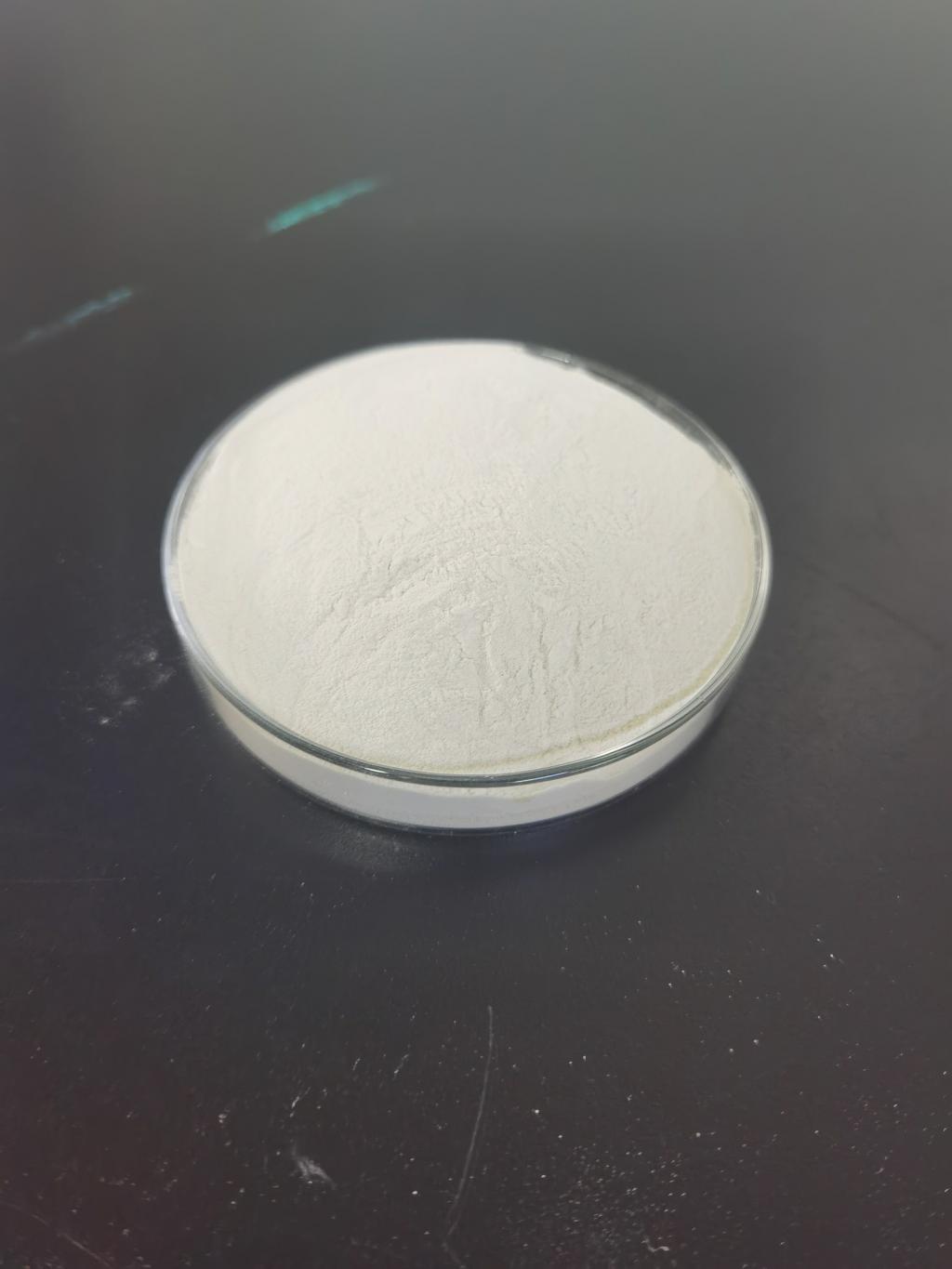Tel:+8618231198596

News
 CONTACT
CONTACT
 CONTACT
CONTACT
- Linkman:Linda Yao
- Tel: +8618231198596
- Email:linda.yao@dcpharma.cn
- Linkman:CHARLES.WANG
- Department:Overseas
- Tel: 0086 0311-85537378 0086 0311-85539701
News
Nisin's effectiveness in inhibiting the growth of foodborne pathogens in complex food matrices.
TIME:2024-04-30
Mechanisms of Action of Nisin:
Nisin exerts its antimicrobial activity through multiple mechanisms, making it effective against a wide range of Gram-positive bacteria, including many foodborne pathogens. The primary mode of action involves binding to lipid II, a precursor molecule involved in bacterial cell wall synthesis, leading to pore formation and disruption of cell membrane integrity. This disrupts essential cellular functions and ultimately leads to bacterial cell death. Additionally, nisin has been shown to inhibit spore germination and biofilm formation, further enhancing its efficacy against foodborne pathogens.
Effectiveness of Nisin Against Foodborne Pathogens:
Numerous studies have demonstrated the effectiveness of nisin in inhibiting the growth of foodborne pathogens in various food matrices. For example, research has shown that nisin can effectively control the growth of Salmonella spp. in meat products, Listeria monocytogenes in dairy products, and Escherichia coli in ready-to-eat foods. Importantly, nisin exhibits synergistic effects when combined with other antimicrobial agents, allowing for lower concentrations to be used while maintaining efficacy. Furthermore, nisin has been shown to be effective against antibiotic-resistant strains of foodborne pathogens, making it a valuable tool for food safety in the face of antimicrobial resistance.
Factors Influencing the Efficacy of Nisin in Complex Food Matrices:
Several factors can influence the efficacy of nisin in inhibiting the growth of foodborne pathogens in complex food matrices. These factors include the composition and pH of the food matrix, the presence of competing microorganisms, and interactions with other food components. For example, the presence of fat, protein, and carbohydrates in food matrices can affect the stability and activity of nisin. Additionally, the pH of the food matrix can impact the effectiveness of nisin, as it is most active at acidic pH levels. Understanding these factors is essential for optimizing the use of nisin in food products and ensuring its efficacy in real-world applications.
Safety Considerations and Regulatory Status:
Nisin has a long history of safe use as a food preservative and has been approved for use in many countries, including the United States, European Union, and Japan. Regulatory agencies such as the U.S. Food and Drug Administration (FDA) and the European Food Safety Authority (EFSA) have established acceptable daily intake levels for nisin and have deemed it safe for use in food products. However, it is essential to ensure that nisin is used within approved limits and in accordance with good manufacturing practices to ensure food safety and consumer protection.
Future Directions and Challenges:
While nisin shows great promise in inhibiting the growth of foodborne pathogens in complex food matrices, several challenges remain to be addressed. Further research is needed to optimize the formulation and delivery methods of nisin to maximize its efficacy while minimizing its impact on food quality. Additionally, studies investigating the potential development of bacterial resistance to nisin and its long-term effects on the food microbiota are warranted. Moreover, consumer education and communication regarding the benefits and safety of nisin as a food preservative are essential for promoting its widespread adoption in the food industry.
Conclusion:
In conclusion, nisin represents a valuable tool for inhibiting the growth of foodborne pathogens in complex food matrices, offering a natural and effective alternative to synthetic preservatives. Its multiple mechanisms of action, broad-spectrum antimicrobial activity, and safety profile make it well-suited for use in a variety of food products. By harnessing the potential of nisin, food manufacturers can enhance food safety, extend shelf life, and meet consumer demand for clean-label products. However, continued research and collaboration are needed to overcome challenges and realize the full potential of nisin in ensuring the safety and quality of the global food supply.
- Tel:+8618231198596
- Whatsapp:18231198596
- Chat With Skype







